If you have chosen to conceal carry a firearm for self-defense, you should know that there are an extremely diverse number of ways in which you can carry. We look at 5 CCW positions you should know.
What is the Best CCW Position?
No CCW position is truly perfect, and each carry method comes with its own unique set of pros and cons. You will find that certain situations will warrant you to try a different carry position. How you choose to carry while wearing a suit and tie in a business environment will likely not how you choose to carry while wearing a winter coat, for example.
In this article, we will cover the top 5 best positions for you to conceal carry a firearm, as well as some rules for concealed carry and a couple of CCW positions that you will also want to avoid.
Unpack This Article's Arsenal
Get Great Guns And Ammo Deals!
SAFEST NEWSLETTER - WE WILL NEVER SELL YOUR EMAIL
No Spam - No Selling Your Email
Top Rules For Concealed Carry
Before we dive into what the top concealed carry methods are, we first need to cover the basic rules of concealed carry.
Carry Consistenly
The first rule of concealed carry is to carry consistently. This means that you should carry every time you venture out in public so long as it is legal. Concealing a gun is a burden and something you need to commit to doing if you choose to do so. You can’t just say that you’ll carry only when you feel like it because you don’t get to choose when you may need to use your firearm for self-defense.
Use a Proper Holster
The second rule of concealed carry is to always use a proper holster for your chosen carry method. Carrying without a holster is dangerous because it leaves the gun unsecured and with the trigger exposed, which greatly amplifies the possibility of a potentially fatal accident.
Should I Carry With a Round in the Chamber?
The third and final rule of concealed carry that we will discuss here is to always carry with a round in the chamber. Should you need to use your weapon in self-defense, everything will happen so fast and your adrenaline will be pumping to the point that you will not be able to chamber a round.
Conceal carrying an un-chambered gun is absolutely pointless. If you do choose to carry a gun, you must be prepared to use it quickly, and that means it must be kept chambered.
Top 5 Best CCW Positions
Here are the top 5 best CCW positions, in alphabetical order:
1. Ankle Carry CCW Position
Ankle carry is a popular carry choice for those who don’t wear a jacket and have to keep their shirt tucked in.
The pistol is kept in a holster wrapped around your lower calf above the ankle. To draw the weapon, you will have to kneel down, pull up your pant leg with your non-dominant hand, and then unsnap the holster and draw the firearm with your dominant hand.
One rule for ankle carry is you want to keep your pistol holstered on the inside of your leg. This means if you are right-handed, the pistol should be kept concealed on the inside of your left leg, and if you are left-handed, it should be kept concealed on the inside of your right leg.
Ankle carry does have its drawbacks. It’s noticeably uncomfortable and it will take some time to get used to. It’s also awkward to reach and requires you to kneel down to draw.
For the latter reason especially, many firearms instructors recommend ankle carry for backup guns only and not for your primary weapon. Nonetheless, many people do carry their primary CCW pistol using the ankle carry position, so you can too if you so choose.
| Pros | Cons |
|---|---|
| Good carry method if you have to keep your shirt tucked in | Awkward to reach (requires you to kneel down) |
| Easy to draw while sitting down | Uncomfortable |
| An excellent option for a backup gun | Not good for running (holster can come loose) |
| Only small firearms permitted |
2. Appendix Carry (IWB)
A carry method that has become increasingly popular is IWB in the appendix carry position. This means that the pistol is kept in an IWB holster in the front of your waist, or over your appendix (hence the name).
Appendix carry is popular because it allows you to access your weapon with either hand. If you are unable to use your dominant hand to draw your weapon, for any reason, you can still access and draw the firearm with your non-dominant hand.
Furthermore, it’s easy to draw your weapon while sitting down as well. If you’re sitting in your vehicle and you get carjacked, for instance, you can easily draw your pistol to engage your attacker.
One of the biggest drawbacks to the appendix carry position is that the muzzle of the pistol is kept aimed over your crotch/groin region, as well as over an artery in your thigh. If that artery gets severed, you’re going to bleed to death in a matter of minutes.
It is for this reason that you should absolutely avoid the appendix carrying any pistol with a light trigger pull. Some people only feel comfortable with this method using a DA pistol with a long trigger pull or a manual safety that they can keep engaged while carrying.
| Pros | Cons |
|---|---|
| Easy to access your weapon with either hand | Not the most comfortable |
| Easy to access while sitting down | The pistol is aimed right over your groin/crotch |
| Requires a large shirt or jacket to reduce printing |
3. Pocket Carry
Pocket carry is now so popular that seemingly every major gun manufacturer under the sun now makes so-called ‘pocket pistols.’
Pocket carry is perhaps the most popular way to carry the smallest of handguns, such as .380 semi-autos or .38 snub-nose revolvers. It’s a very discreet and easy method of carrying that’s great if you have to keep your shirt tucked in.
The biggest downside to pocket carry is you can only access your weapon with your dominant hand, and furthermore, it only works for exceptionally small handguns. If you like to carry a mid-sized weapon such as a Glock 19, for example, this method is not going to work.
But if you just need to make a quick run to the store and want to avoid the hassle of attaching a gun and holster to your belt, or if you’re searching for the most discreet mode of carrying possible, pocket carry is an excellent option.
| Pros | Cons |
|---|---|
| Very discreet | Only suitable for the smallest handguns |
| Excellent choice for a backup weapon | You can only access the weapon with one hand |
| Perhaps the easiest way to carry |
4. Shoulder Holster Carry

The biggest advantage to a shoulder holster is it allows you to access your weapon easily while sitting down, and furthermore the pistol is largely kept out of the way while you go about your day. It’s also easy to carry two spare magazines or speed loaders to balance the weight of the handgun.
| Pros | Cons |
|---|---|
| Easy to draw while sitting down | Requires a jacket or coat |
| Makes it easy to carry a handgun with two spare magazines or speed loaders | The weight of the holster, pistol, and magazines can wear you down |
| Allows you to carry a full-size handgun |
5. Strong Side Hip (IWB or OWB)
Strong side hip carry, in either an IWB or OWB carry, is easily the most popular concealed carry method of all time. It’s incredibly fast and easy to draw the weapon with your dominant hand, and it’s arguably the most comfortable carry position too.
The biggest downsides to strong side hip carry are the fact that it’s difficult to draw with your non-dominant hand, and it’s also the most obvious location to carry a weapon.
| Pros | Cons |
|---|---|
| Easy and quick to draw | Difficult to draw with your non-dominant hand |
| Comfortable to carry | The most obvious place to carry a weapon (where people will look for one first) |
| Allows you to carry a full-size handgun |
CCW Positions To Avoid

Another CCW position to avoid is any form of off-body carry. If you’re going to conceal carry, the gun needs to be kept on your person at all times. Don’t keep your weapon in your purse, backpack, messenger bag, or briefcase, because it’s too easy for someone to get a hold of it and potentially cause a major accident.
CCW Positions – Conclusion
All in all, the top five best CCW positions to consider will be ankle carry, appendix carry, pocket carry, shoulder holster carry, and strong side hip carry.
Experiment with each of these carry positions as they will work better for you depending on the situation. Whereas strong side hip carry may be preferable in one scenario, pocket carry may be better in another.


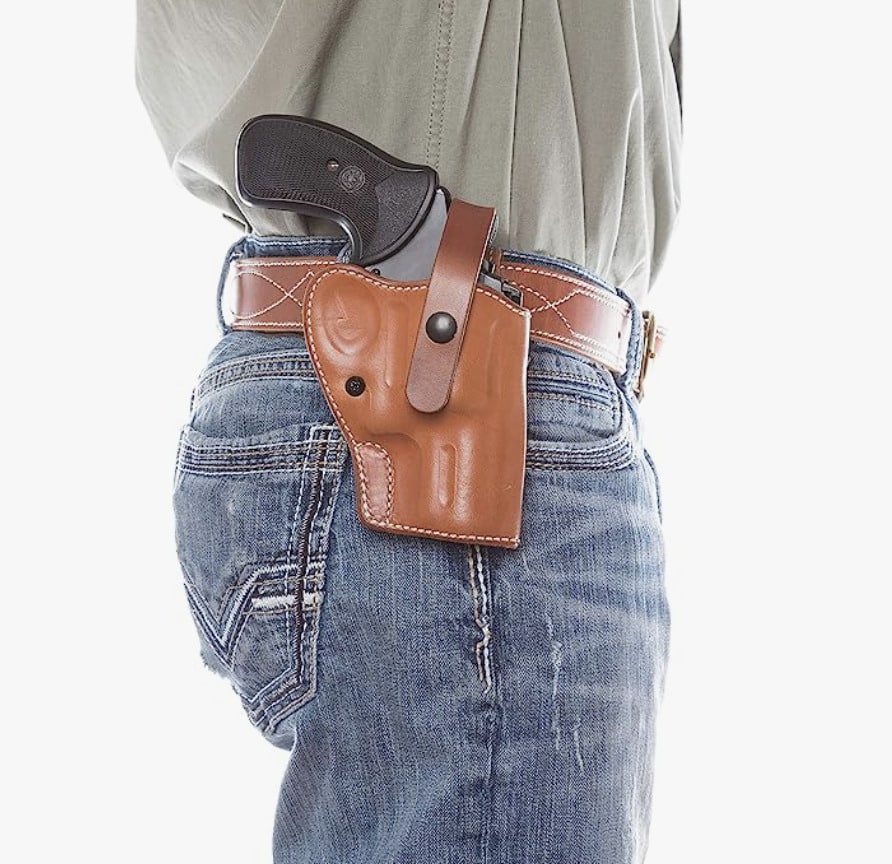

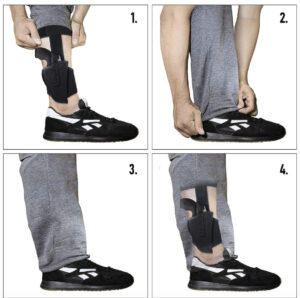
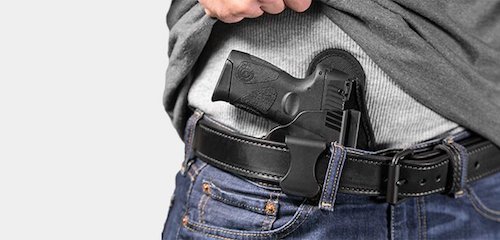


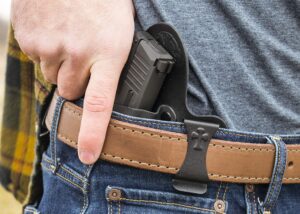
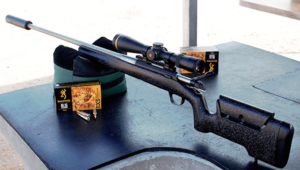
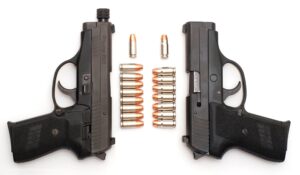
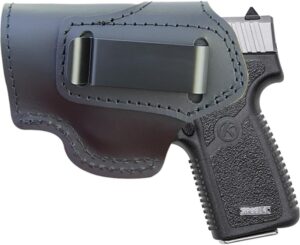
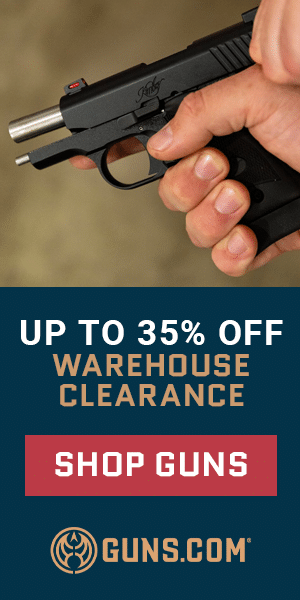

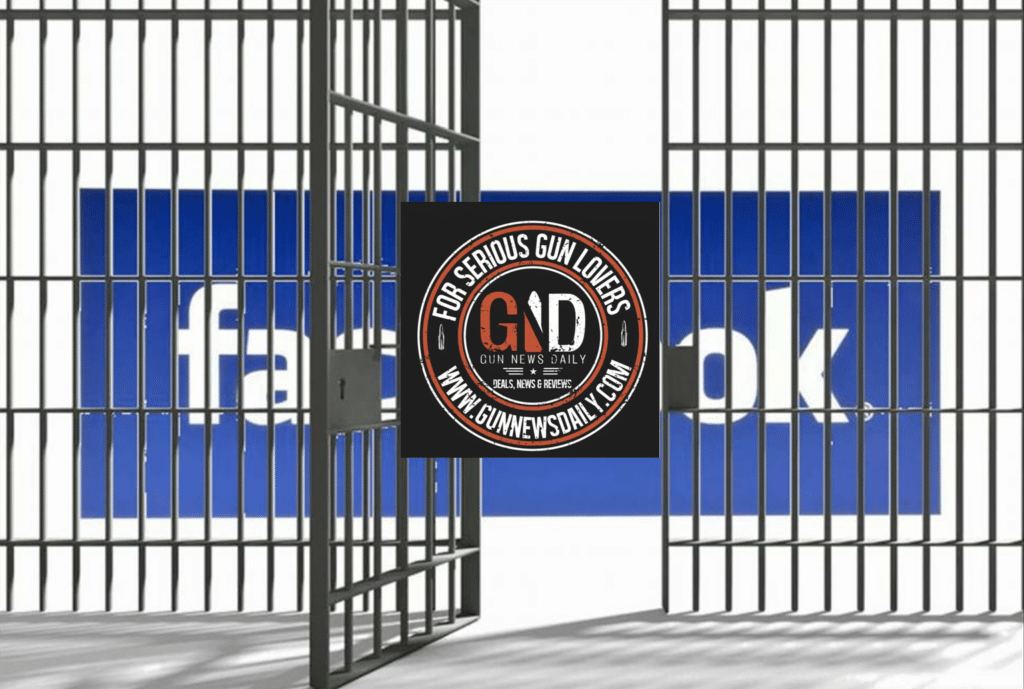
4 Responses
If I may add one important point: In a sudden and unexpected self-defense situation, drawing a IWB loaded firearm can be tricky. Without thinking about it, people want to instinctively place their finger on the trigger. With a gun, like a Glock, where the safety is in the trigger, accidental premature firing can be disastrous. In a real situation, muscle memory is everything. Daily first-draw dry fire practice at home is crucial. Leave the quick-drawing to the movies. Your draw should be one fluid movement with purpose, keeping the finger off the trigger and line up the sights. … Smooth is fast and fast is slow.
For appendix carry with a Glock specially with a round in the chamber, I recommend the after market Cominolli thumb safety. It works exactly the same as the safety on a 1911 or a CZ pistol and it is flawless.
@BC If you feel that drawing an IWB is “tricky,” you need a better holster. The IWB holsters I use are just as smooth and easy to get to as my OWBs.
You should check your reading comprehension, BC was explaining the placement of the trigger finger in a draw.